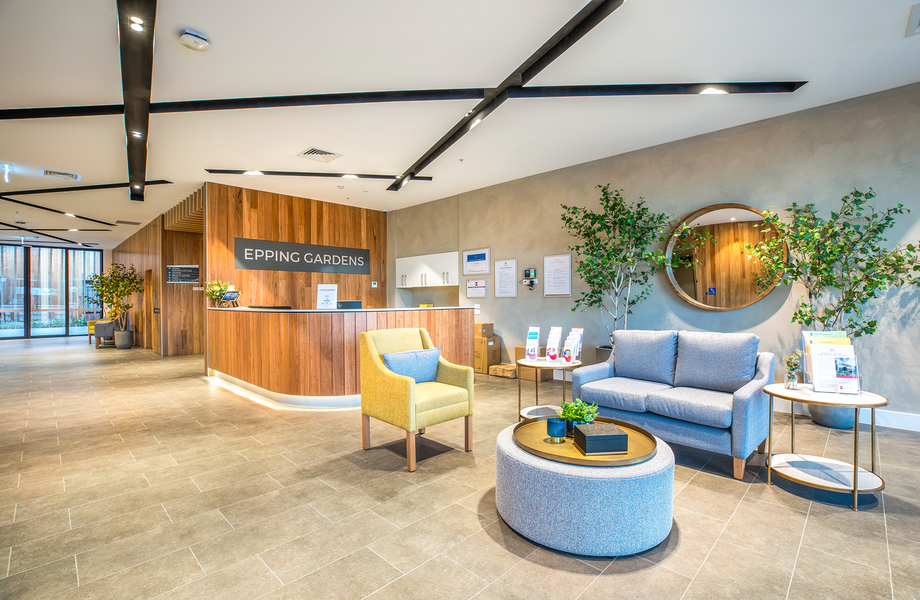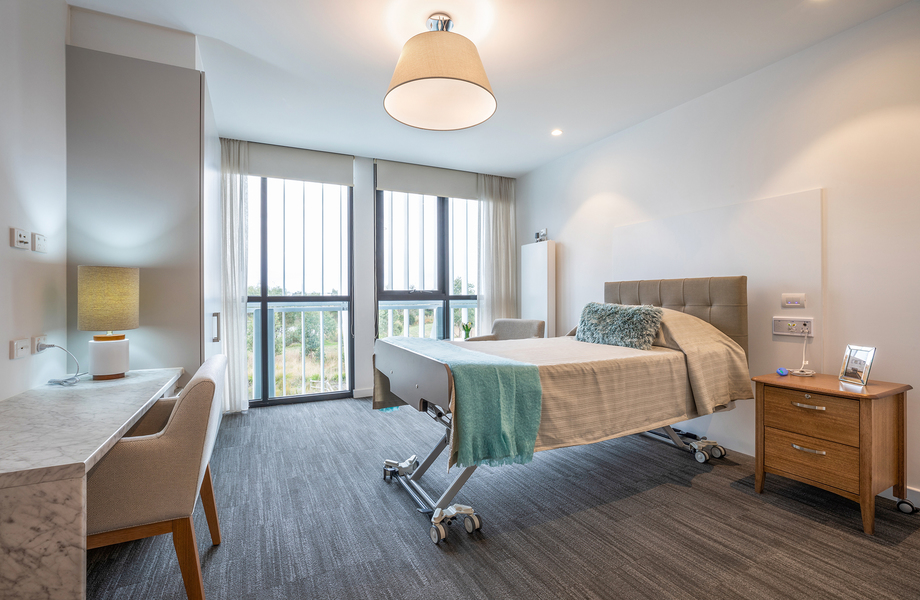How Healthcare Can Provide Immunity in a Downturn
As the economy spins due to Covid-19, there’s one sector that remains future-proof.
The health sector makes up more than 10 per cent of Australia’s GDP and is bolstered by government funding, meaning strong market support and stability through economic ups and downs.
Household spending shows health and wellbeing to be a growing priority for Australians.
An estimated $185.4 billion was spent on health goods and services in Australia over 2017-18, according to the Australian Institute of Health and Welfare (AIHW). This equates to $7,485 per person on average and accounts for 10 per cent of overall economic activity.
Many investors believe the healthcare sector is immune to the fluctuations and whims of other real estate sectors like commercial, retail or industrial. According to CBRE, private hospital investments have outperformed other real estate classes—returning an average 16 per cent over the last decade (2008-2017).
While hospital beds per capita have increased in Australia, this growth has not kept up with either population growth or healthcare expenditure.
Australian Institute of Health and Welfare data shows Australia’s population increased 17 per cent between 2006-2016, while total health expenditure increased by 50 per cent over the same period.
Private facilities provide crucial support, treating almost half (46.7pc) of all patients admitted to Australian hospitals in 2018.
Nolan Smith, principal of Melbourne-based architecture firm Thexton Smith, believes the healthcare sector provides plenty of opportunities for developers.
With nine healthcare projects under construction by his firm this year alone, Smith believes the strength of the sector lies in its resilience and growing need.

“As our quality of life increases, Australians demand a higher level of healthcare,” Smith said.
“Being that health issues increase with age, and our population is ageing, we expect to see continued expansion within the sector.”
Smith says a lack of understanding around development rules can lead to missed opportunities.
As an example, he signals the development potential of medical centres—a permitted use in most residential zones, requiring development approval for the building works only.
An even bigger opportunity may lie in Australia’s over 65 population.
Currently, this group makes up 15 per cent of Australians, and accounts for 42 per cent of total hospitalisations per year. Looking ahead, by 2027, Australians aged 65 plus will make up 18 per cent of the total population, 20 per cent by 2037 and 25 per cent—approximately 12.8 million people—by 2097.
This growth places greater demand on health services, in particular for Aged Care and Seniors Living.
With growing demand, build-to-rent aged care is viable at an approximate 5-7 per cent yield. An alternative option is for developers to create facilities with existing providers—essentially a turnkey scenario. Projects that Thexton Smith has been involved with have seen the potential for a 12-month buy back with a yield of 10-15 per cent for developers.
In Victoria, real opportunity presents itself in the changes to Development Control 53.17.
The changes allow aged care to reach up to 16 metres in height and 80 per cent site coverage in neighbourhood residential, general residential, residential growth, township and mixed-use zones.

“A 16m height limit will typically provide up to four or five levels,” Smith said.
“While the 80 per cent site coverage is a little harder to obtain given the other development controls for these areas, by gaining vertical gross floor area this allows a financially viable facility whilst providing ample amenity.”
New builds aren’t the only way to go. As local authorities encourage developers to create truly mixed-use precincts, Thexton Smith has been involved in numerous schemes where Healthcare and aged care programs have been plugged into existing apartment and hotel floor plates.
Thexton Smith adapts the new program to the same services and structural plates as the pre-existing programs wherever possible, to minimise conversion costs.
“Generally speaking, a standard 30-bed wing will plug nicely into a 1,000sq m floor plate for hotels or apartments,” Smith said.
“This works perfectly for healthcare staffing, and also slots nicely into the structural plate—essentially, it’s a perfect fit.”
To help developers explore their options, Thexton Smith is offering free feasibility studies until 30 September, 2020.
Their team will provide insight into potential sites and typically deliver a response within a week.
The Urban Developer is proud to partner with Thexton Smith to deliver this article to you. In doing so, we can continue to publish our free daily news, information, insights and opinion to you, our valued readers.













